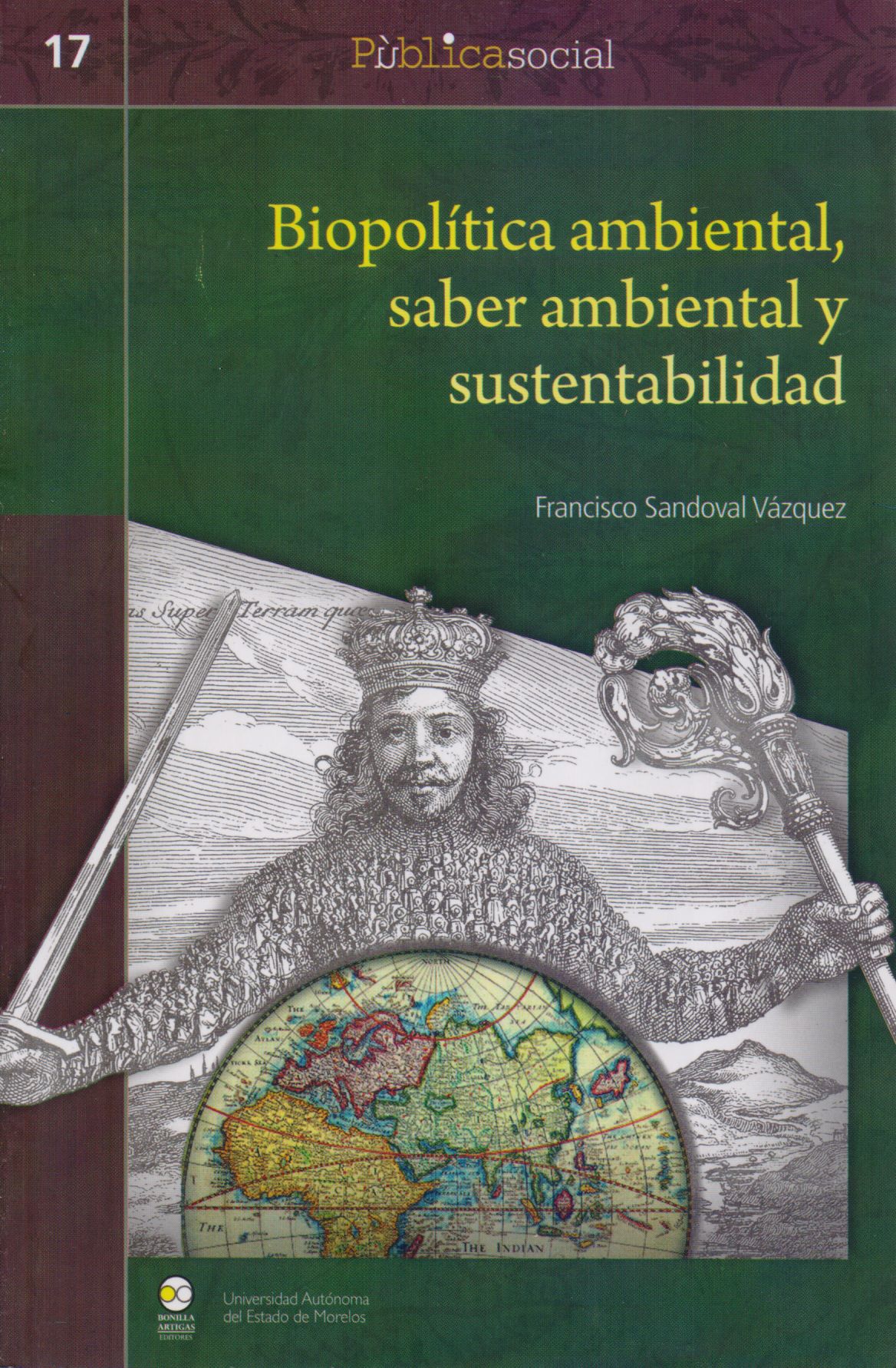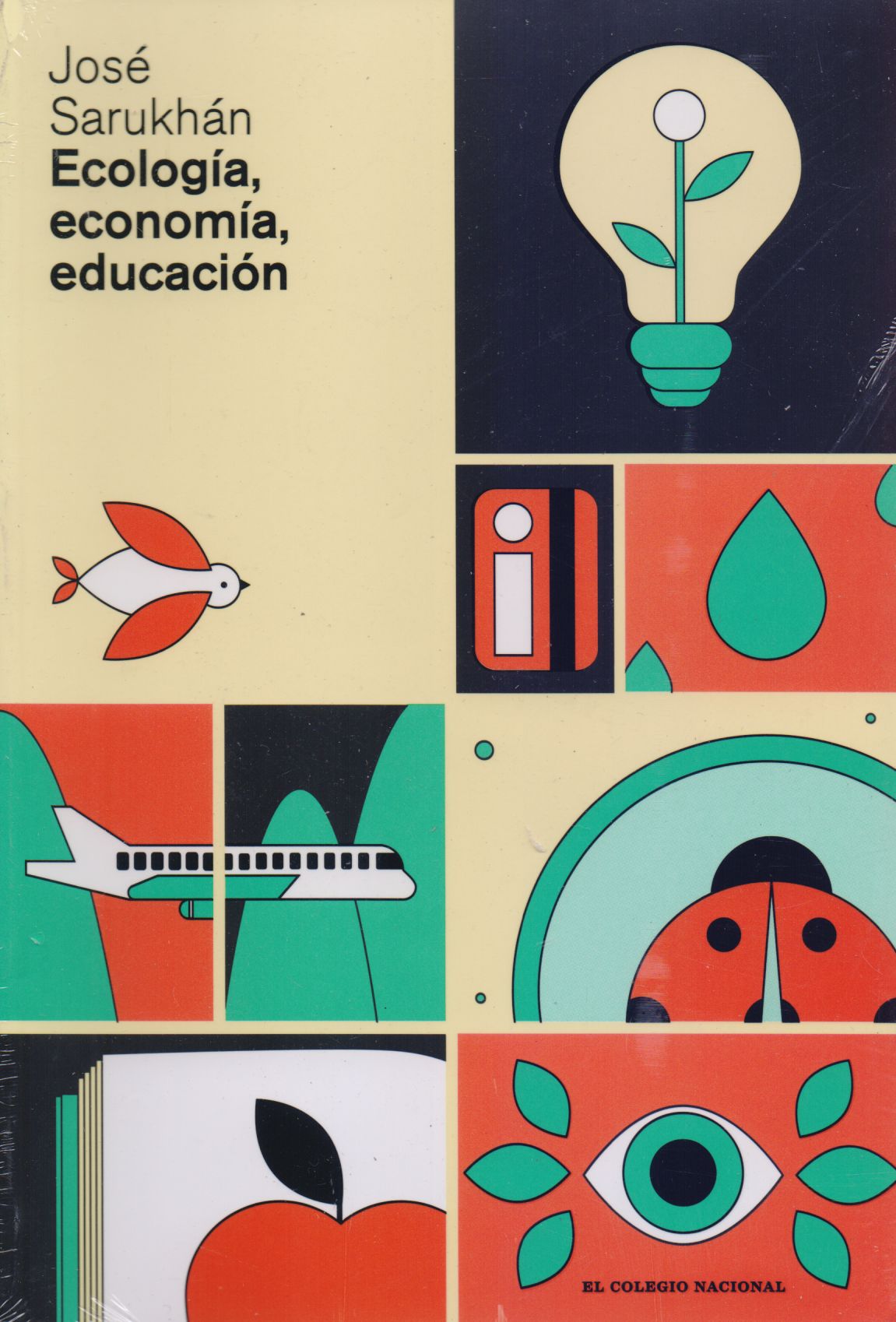Libros relacionados
 |
Biopolítica Ambiental, Saber Ambiental y Sustentabilidad Sandoval Vázquez, Francisco Bonilla Artigas Editores |
 |
Environmental Life Cycle Assessment Of Goods And Services: An Input-Output Appro Hendrickson, Chris / Lave, Lester / Mattthews, Scott Rff Press Resources For The Future |
 |
Reciclaje de Residuos Industriales. Residuos Sólidos Urbanos y Fangos de Depurad Elias, Xavier Ediciones Diaz de Santos |


|
Título: Green Infrastructure Linking Landscapes And Communities | |
| Autor: The Conservation Fund, Mark Benedict, Edward Mcmahon | Precio: $490.00 | |
| Editorial: Island Press | Año: 2006 | |
| Tema: Ecologia, Medio Ambiente, Ciencias Naturales | Edición: 1ª | |
| Sinopsis | ISBN: 9781559635585 | |
| With illustrative and detailed examples drawn from throughout the country, Green Infrastructure advances smart land conservation: large scale thinking and integrated action to plan, protect and manage our natural and restored lands. From the individual parcel to the multi-state region, Green Infrastructure helps each of us look at the landscape in relation to the many uses it could serve, for nature and people, and determine which use makes the most sense.
In this wide-ranging primer, leading experts in the field provide a detailed how-to for planners, designers, landscape architects, and citizen activists. Biographies Mark Benedict is the Senior Associate for Strategic Conservation and the Senior Advisor for the Conservation Leadership Network at the Conservation Fund. He has his Ph.D. in botany/plant ecology from the University of Massachusetts, Amherst. Ed McMahon is vice president and director of land use planning for The Conservation Fund and co-author of _Balancing Nature and Commerce in Gateway Communities (Island Press 1997). The Conservation Fund, a national nonprofit organization, acts to protect the nation's legacy of land and water resources in partnership with other organizations, public agencies, foundations, corporations, and individuals. Since its founding in 1985, the Fund has helped its partners safeguard wildlife habitat, working landscapes, community greenspace and historic sites totaling more than 3.4 million acres throughout the nation. Its headquarters are in Arlington, Virginia. Table Of Contents Acknowledgments Preface: Mark A. Benedict, The Conservation Fund; Edward T. McMahon, Urban Land Institute Foreword: Lawrence Selzer, President, The Conservation Fund; Charles Jordan, Chairman, The Conservation Fund Chapter 1: Why Green Infrastructure?Chapter 2: The Green Infrastructure Approach: Principles from Past to Present Chapter 3: The Benefits of Taking a Green Infrastructure Approach to Land Conservation and DevelopmentChapter 4: Where Do We Begin? Chapter 5: The Basics of Network DesignChapter 6: The Implementation Quilt: Matching Available Resources to Network NeedsChapter 7: Management and StewardshipChapter 8: Building Support for Green InfrastructureChapter 9: Making It HappenGlossaryReferences |
||
Librería Bonilla SA de CV © Todos los derechos reservados. 2019
Última actualización: Jul 2019





